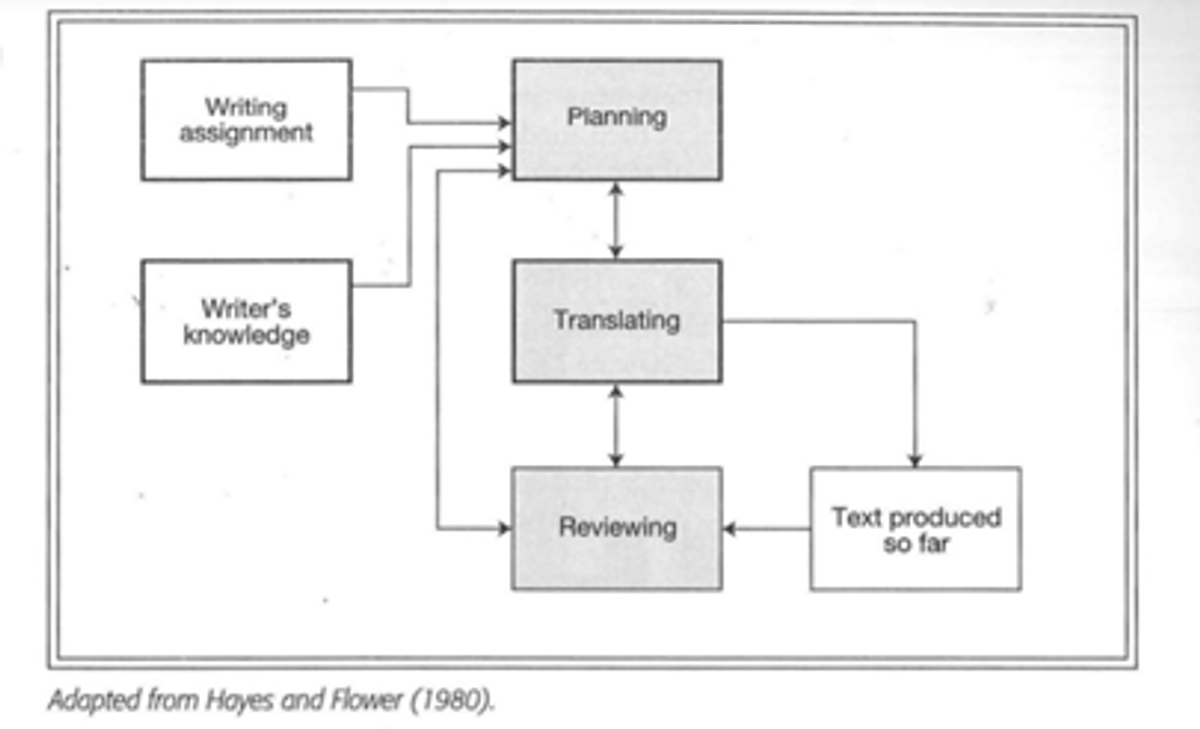English

Approaching Writing Tasks
In English, students at Mater Dei have been encouraged to follow a consistent process for all written tasks:
Planning
- Set controllable, attainable goals about task requirements and performance
- Generate ideas by reading, discussing, analyzing, researching and drawing on memory
- Organize their ideas in a logical sequence
Drafting
Mayer (2008) suggests that the best way for students to avoid the incoherence associated with cognitive overload is to worry only about getting your ideas down on paper. Drafting should focus on getting their ideas down in a logical sequence. Encourage them to get it down first, get it right later.
Editing
Editing should examine what has been written and determine how to make it better. Editing should not be confused with proofreading. The aim of editing is not just to eliminate mistakes but to revise and evaluate the work, rewriting where necessary to improve it. Some strategies for students to use when editing include:
- RID (Replace, Insert, Delete)
- ARMS (Add, Remove, Move, Substitute)
- Assessing the work at 3 levels: words, sentences and cohesion
Reading the work as the intended audience and summerising meaning or giving feedback to the writer might also be helpful.
Students often fail to spend adequate time on part or parts of this process. Asking them about the process they used to write a task might identify issues that can be addressed before task submission.
The figure below illustrates the writing process. From Mayer (2008).
References:
Mayer, R.E. (2008) ‘Learning to Write’ in Learning and Instruction 2nd Ed. Ch.4 pp. 120-151. Pearson Merrill Prentice Hall, New Jersey.
Mr Shaun Ellis | KLA Leader of English

